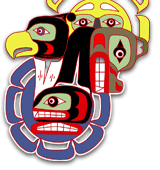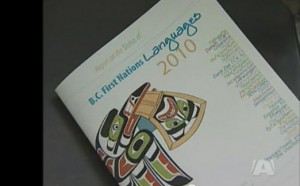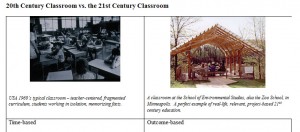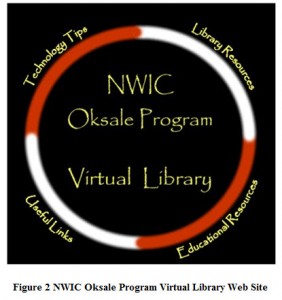This is an interesting paper offered by the Caledon Institute that discusses the 2008 perspective on the present state of education for on reserve students, the Canadian Federal Government’s stance to this condition, and a prescription for improving education for on reserve students. This paper provides a really good summary and makes for interesting reading. The following is a very brief synopsis.
Present State (2008) and Canadian Government’s Stance
- 1996 – 60% of First Nations on reserve residents aged 20-24 had not completed high school or obtained an alternate diploma. (From Canadian Census data)
- 2001 – Statistic was unchanged.
- 2006 – Statistic was unchanged.
- Students now require more than grade 12 education to succeed, however grade 12 is the gateway to higher education.
- Canadian government (Indian and Northern Affairs Canada 2004) is in unanimous agreement on the desperate need for improvement in education for those living on reserves.
- Data suggests that funding for on reserve education is similar to provincially funded schools although this is not the perception of First Nations peoples.
- There is consensus on the need for parity for First Nations schools.
Prescription for Improving On Reserve Education
- Agreement that there is a need for money + good schools
- There is also a need for the infrastructure to support and maintain a good education system addressing the areas of curriculum development and capital facilities planning.
- The Cree School Board, recognized under the Quebec Education Act is an example of such a system.
- For those interested, there is the following reference to additional models: “Sharing Our Success: Ten Case Studies in Aboriginal Schooling” (page 11)
- The paper goes on to describe the background and role of the First Nations Education Authority Act that seeks to address the need for First Nations infrastructure planning across the Provinces.
http://www.caledoninst.org/Publications/PDF/684ENG.pdf
—————————————————————————————
For more information about the Caledon Institute, here is a brief summary quoted from their Website:
The Caledon Institute is a social policy think tank.
“Established in 1992, the Caledon Institute of Social Policy is a private, non-profit organization with charitable status. It is supported primarily by the Maytree Foundation, located in Toronto. Caledon is an independent and critical voice that does not depend on government funding and is not affiliated with any political party.
The Caledon Institute of Social Policy does rigorous, high-quality research and analysis; seeks to inform and influence public opinion and to foster public discussion on poverty and social policy; and develops and promotes concrete, practicable proposals for the reform of social programs at all levels of government and of social benefits provided by employers and the voluntary sector. Caledon’s work covers a broad range of social policy areas including income security (e.g., pensions, welfare, child benefits, Employment Insurance, benefits for Canadians with disabilities), community capacity-building, taxation, social spending, employment development services, social services, disability supports and health.”
http://www.caledoninst.org/




